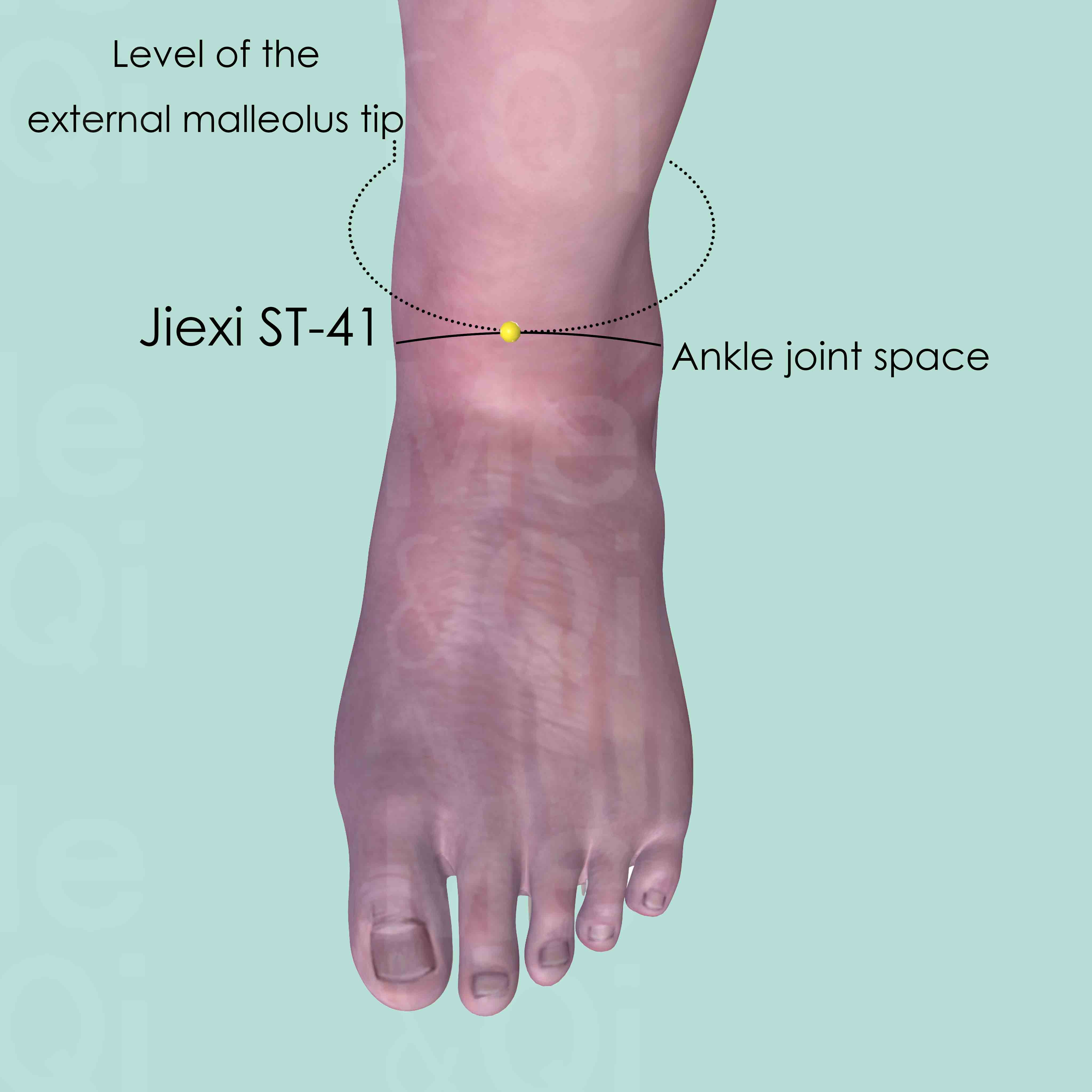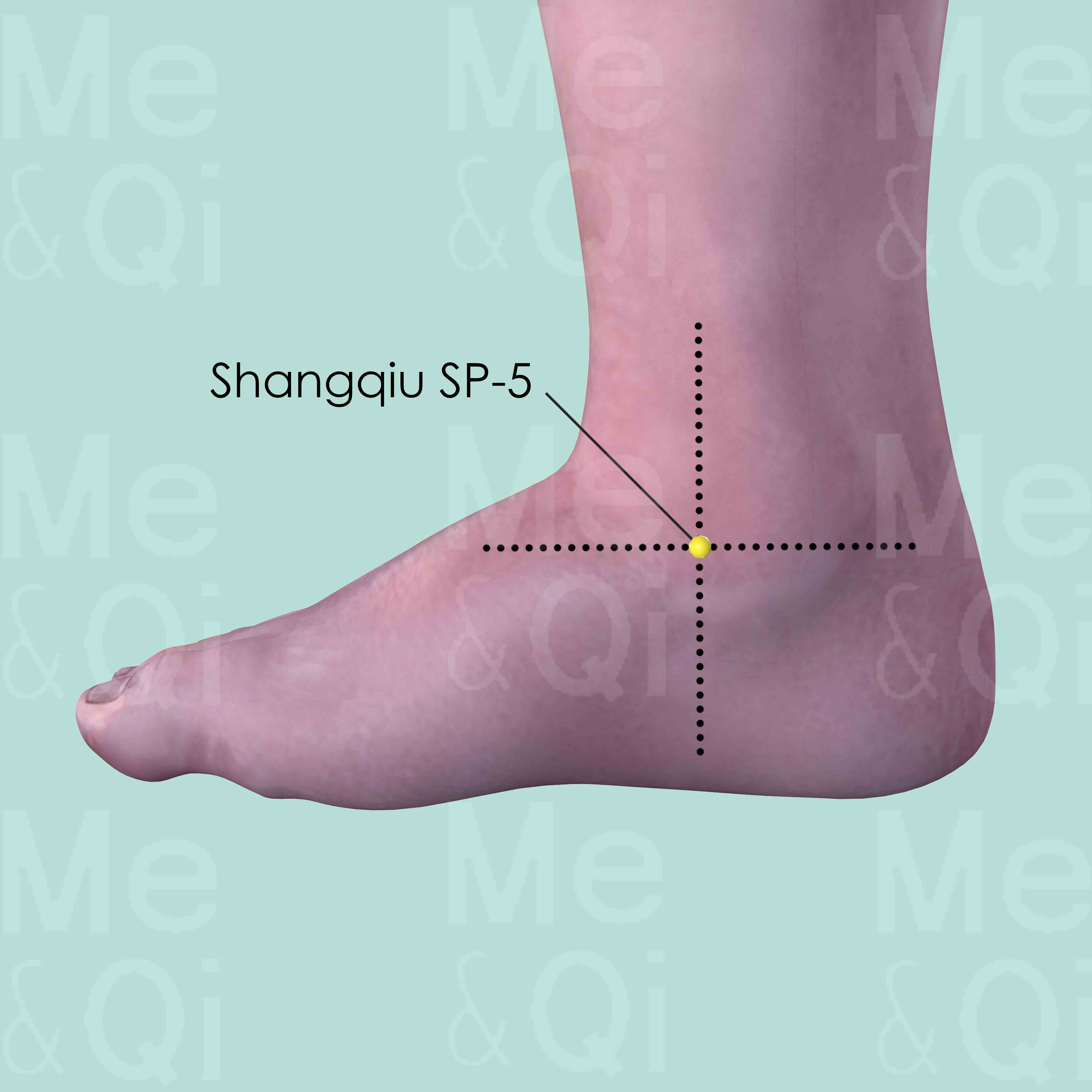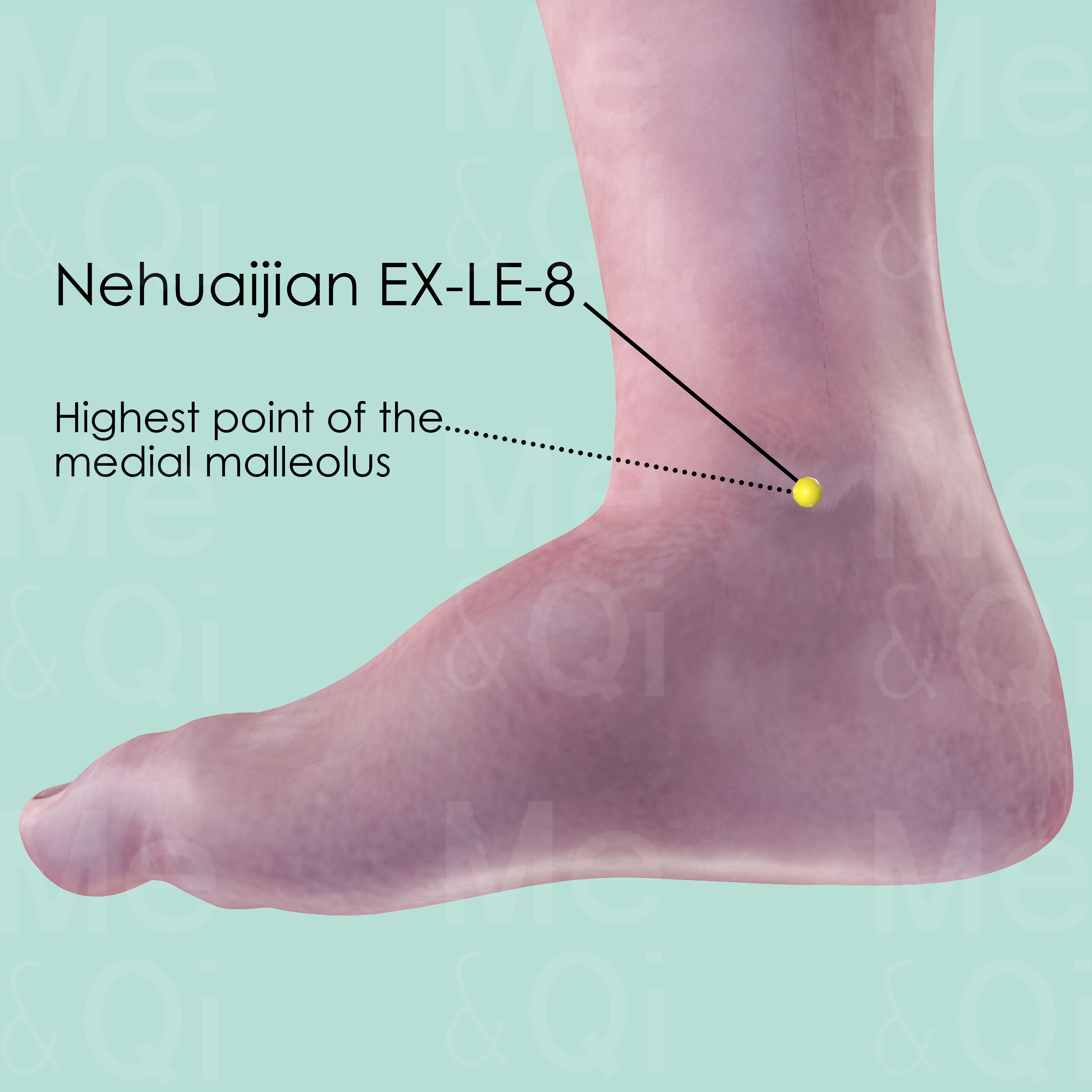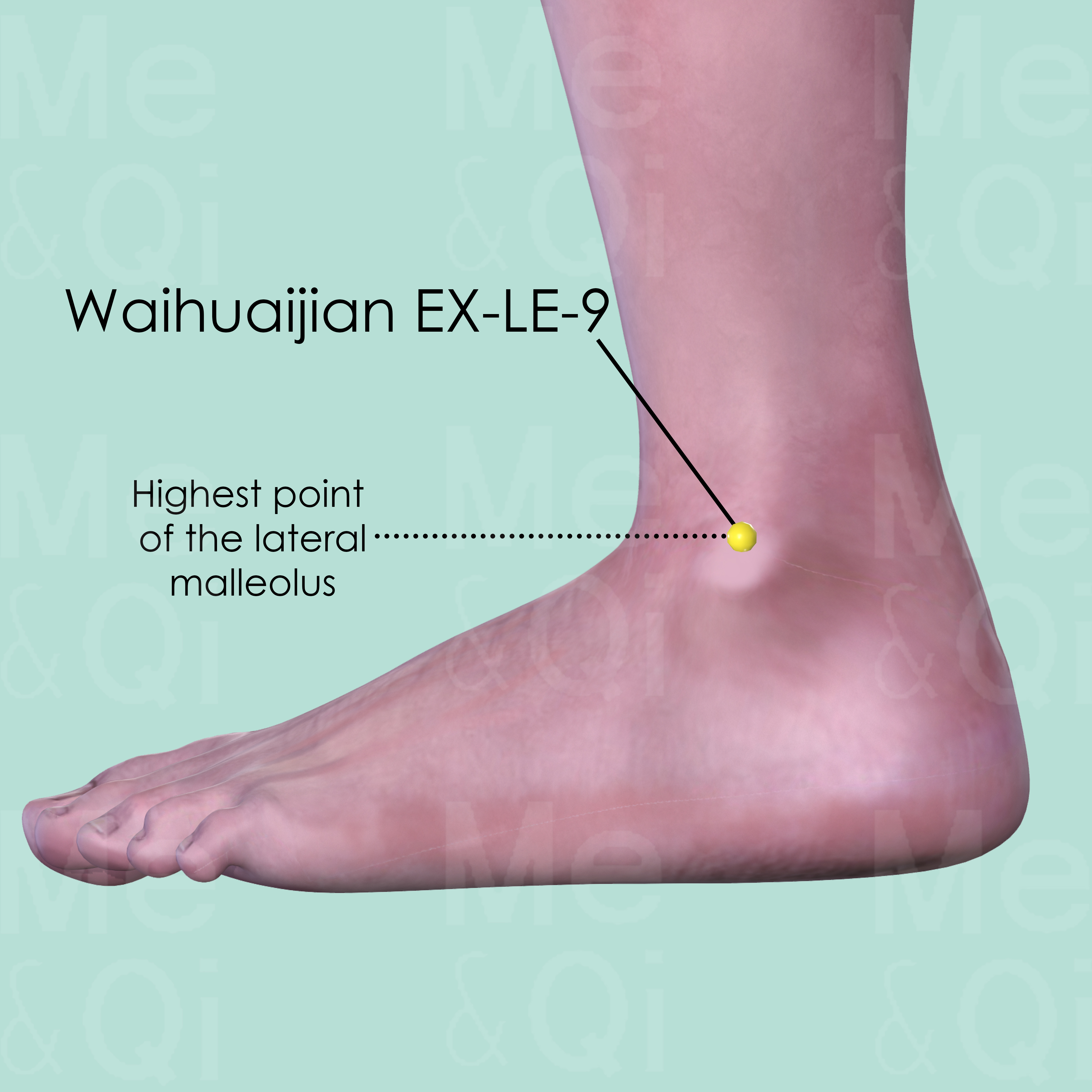Ankle Painaccording to TCM
Symptom families: Joint Pain and Discomfort, Ankle Issues
Sub-symptom(s): Medial Ankle Pain Lateral Ankle Pain
What is Ankle Pain?
Ankle pain, a common complaint, can manifest as discomfort, aching, or sharp pain in the ankle region, affecting mobility and quality of life. This symptom can arise from a variety of causes, including injuries such as sprains or fractures, arthritis, or other medical conditions affecting the ankle. Medial and lateral ankle pain pinpoint discomfort to the inner and outer aspects of the ankle, respectively, and may have distinct causes and implications for treatment.
How does TCM View Ankle Pain?
Traditional Chinese Medicine (TCM) interprets ankle pain through the lens of energy pathways and balance within the body. Unlike Western medicine, which often focuses on the physical aspects of pain, TCM considers ankle pain a manifestation of underlying imbalances or blockages in Qi (vital energy) and blood circulation.
Disharmonies leading to ankle pain could stem from external injuries, internal weakness, or environmental factors, necessitating a holistic approach to identify and correct the root cause.
Root Causes of Ankle Pain in TCM
In TCM, ankle pain is often seen as a symptom of deeper imbalances within the body's meridians and organ systems. One common cause identified in TCM is Painful Obstruction Syndrome, which is characterized by pain, stiffness, and possibly swelling in the ankles and other joints. This condition is believed to result from the stagnation of Qi and Blood due to external pathogenic factors like Wind, Cold, Dampness, or Heat invading the body, leading to blockages in the meridians that traverse the ankle.
Another perspective within TCM attributes ankle pain to Deficiencies in the body's foundational energies, including Qi, Blood, Yin, or Yang. For instance, a deficiency in Kidney Yang could lead to weakened bones and joints, manifesting as chronic ankle pain or susceptibility to injury. Identifying the specific TCM pattern of disharmony is crucial for tailoring the treatment strategy to the individual's needs.
Explore below more details about what might cause Ankle pain according to TCM.
TCM Herbal Formulas for Ankle Pain
TCM offers a variety of herbal formulas to address the underlying causes of ankle pain. Wu Tou Tang, a formula that warms the meridians and disperses Cold, is often recommended for Painful Obstruction Syndrome with symptoms stemming from Cold and Dampness obstruction.
This formula, featuring Prepared Sichuan aconite as a key herb, targets the root of the pain by dispelling Wind and Dampness, warming the channels, and improving the flow of Qi and blood to the affected area.
Explore below some TCM herbal formulas used to address ankle pain, organized by cause and by formula type.
- By Formula Type
- Formulas that warm the meridians and disperse cold
- Formulas that dispel wind-Damp
- Formulas that dredge and disperse external wind
Formulas that warm the Meridians and disperse Cold
These formulas are suitable for some ankle pain-causing patterns like Painful Obstruction.
One such formula is Wu Tou Tang, with prepared sichuan aconite as a key herb.
Formulas that dispel Wind-Damp
These formulas are suitable for some ankle pain-causing patterns like Painful Obstruction.
One such formula is Da Fang Feng Tang, with saposhnikovia root as a key herb.
Formulas that dredge and disperse External Wind
These formulas are suitable for some ankle pain-causing patterns like Painful Obstruction.
One such formula is Xiao Huo Luo Dan, with prepared kusnezoffii aconite as a key herb.
Acupoints for Ankle Pain
Acupuncture, a key component of TCM, involves stimulating specific points on the body to restore balance and promote healing. For ankle pain, Jiexi ST-41, located at the junction of the dorsum of the foot and leg, is utilized to clear Stomach Heat, calm the mind, and remove obstructions from the channel.
Another vital point, Shangqiu SP-5, found near the medial malleolus, is employed to strengthen the Spleen, benefit the sinews and bones, and further aid in removing channel obstructions. These acupoints, when appropriately stimulated, can significantly alleviate ankle pain by addressing both the symptoms and the underlying imbalances.
Explore below some acupoints used to address ankle pain, organized by meridian.
- By Meridian
- Extra Points: Lower Extremities (EX-LE)
- Stomach Channel
- Spleen Channel

Jiexi ST-41
At the junction of the dorsum of the foot and leg, between the tendons of extensor digitorum and the extensor hallucis longus muscle. Approximately at the level of the tip of the external malleolus.

Shangqiu SP-5
In the depression distal and inferior to the medial malleolus, midway between the navicular bone tubercle and the tip of the medial malleolus.


